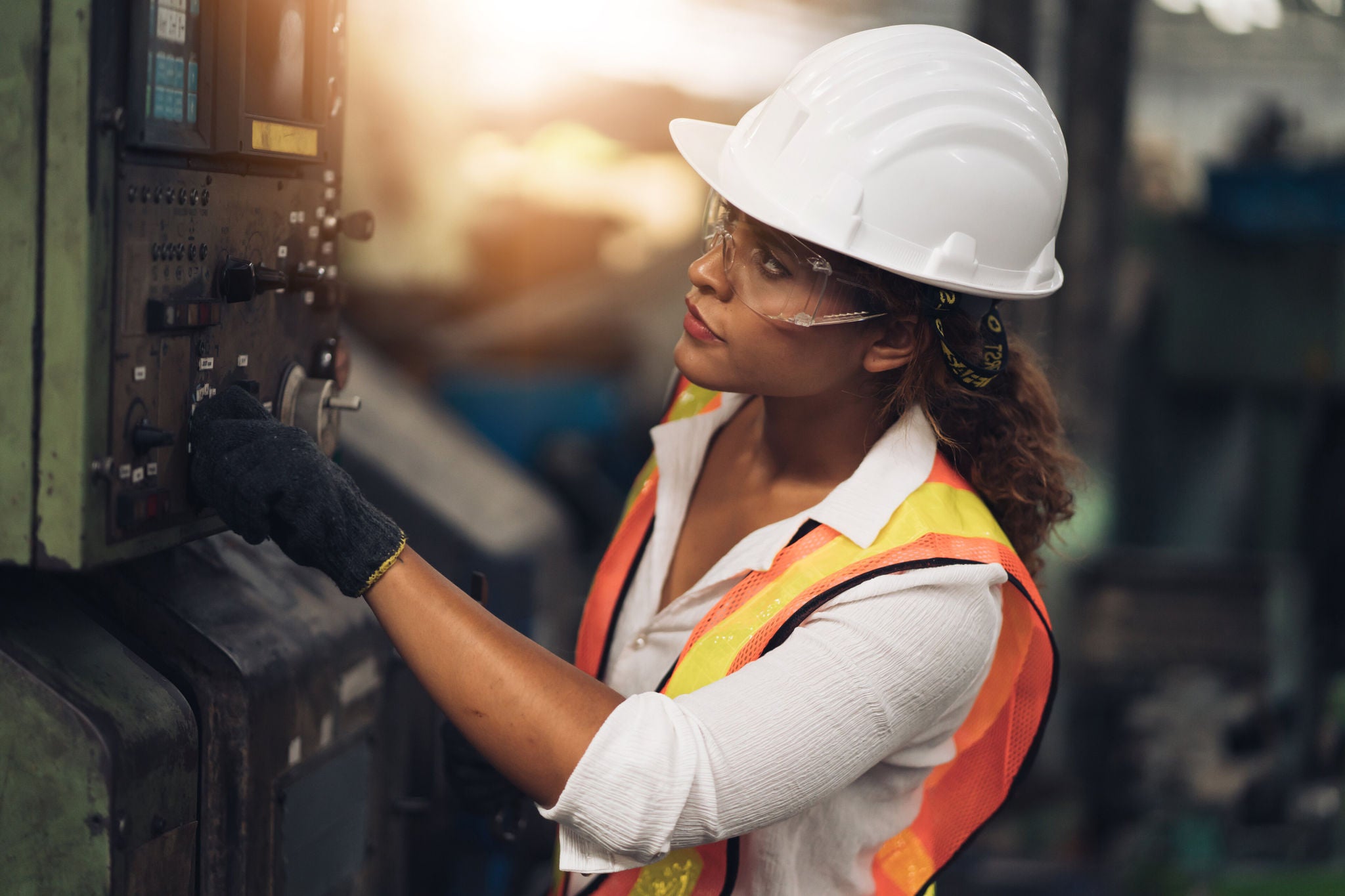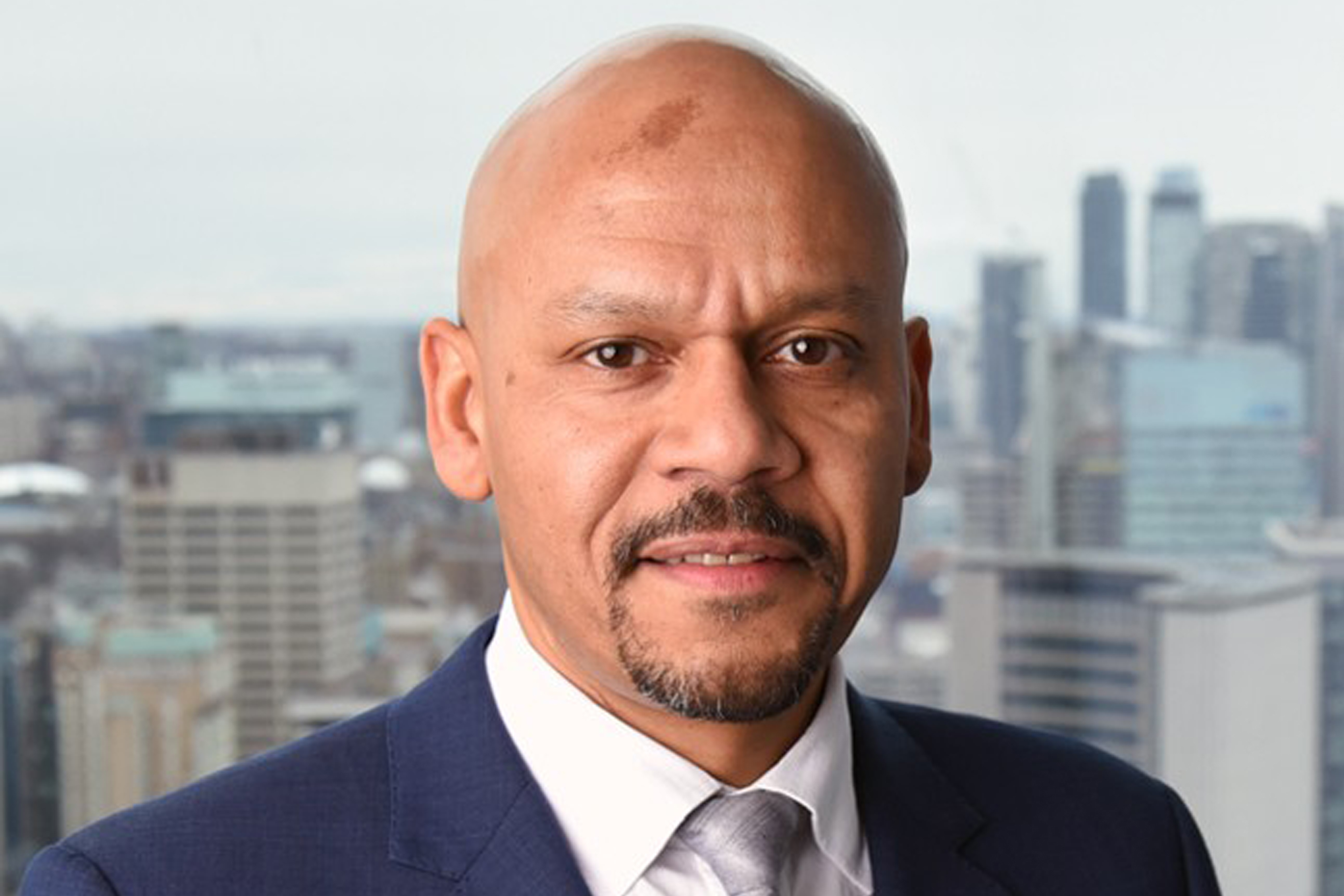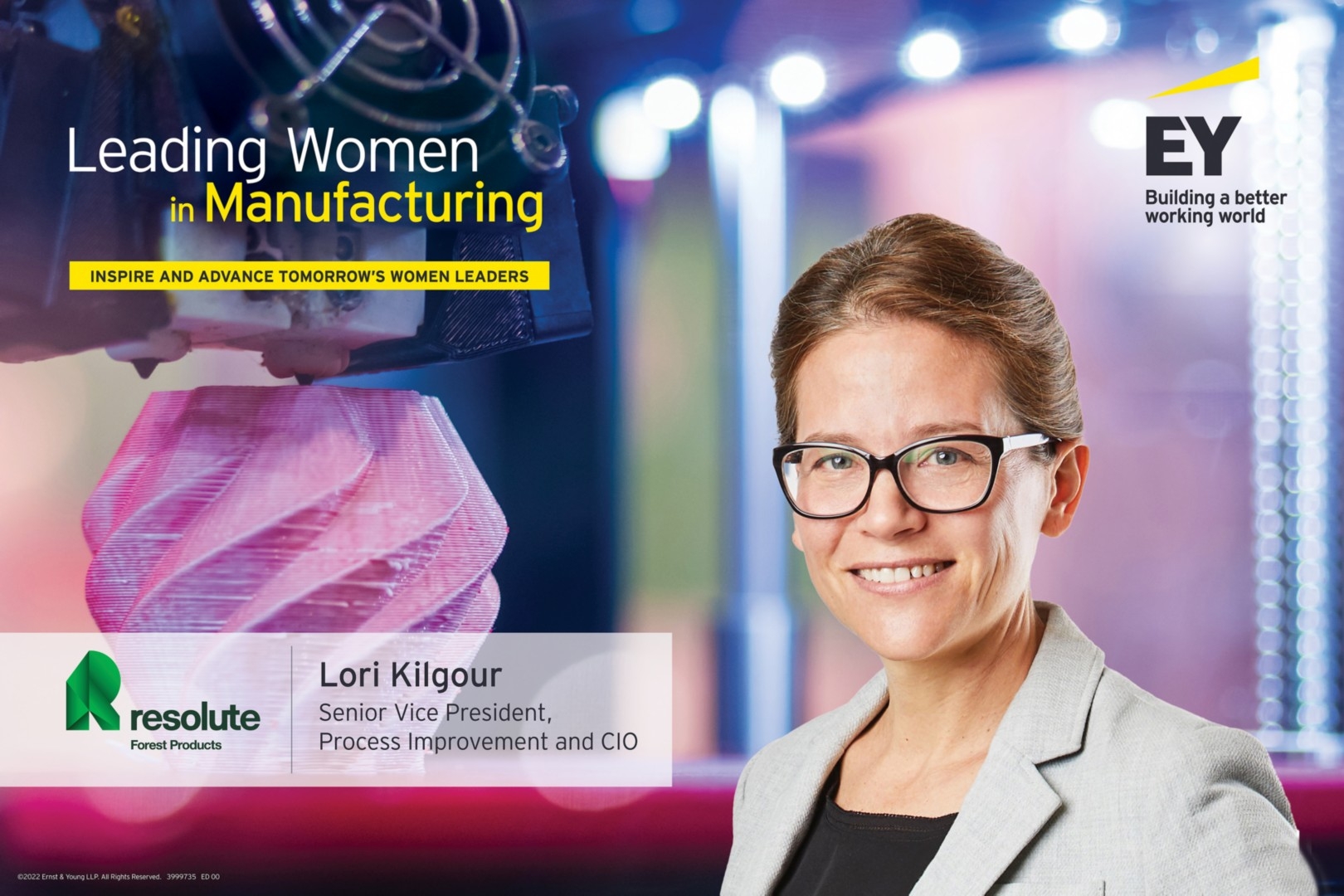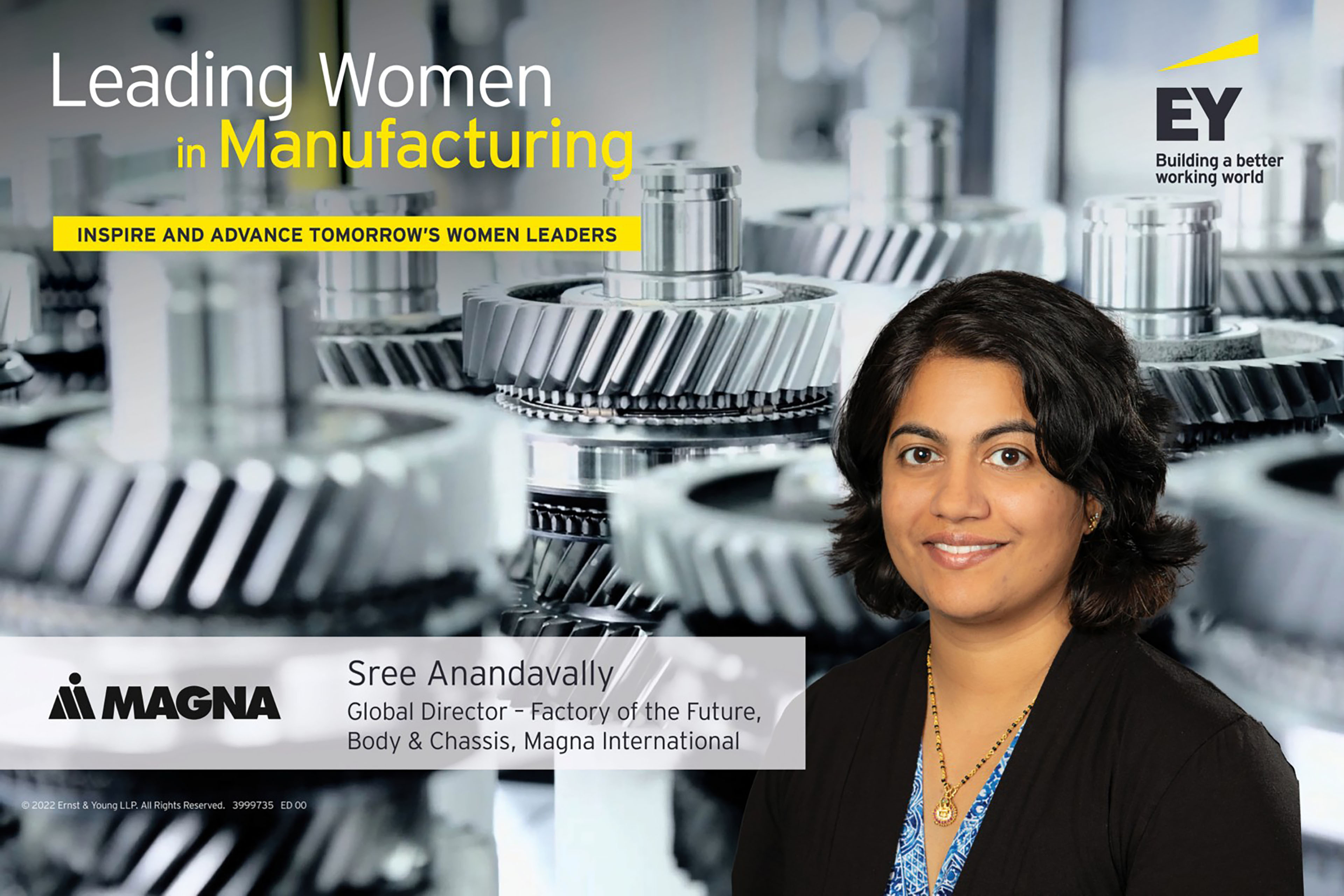EY refers to the global organization, and may refer to one or more, of the member firms of Ernst & Young Global Limited, each of which is a separate legal entity. Ernst & Young Global Limited, a UK company limited by guarantee, does not provide services to clients.

Manufacturers that put human needs at the heart of talent acquisition, development and retention frameworks are poised to thrive.
In brief
- A marked lack of diversity is threatening the long-term viability of manufacturing in Canada and beyond.
- Manufacturers must build a more inclusive ecosystem to attract, recruit and retain top talent — including women.
- Putting humans at the centre of that refreshed approach can help policies, programs and strategies resonate with a more diverse talent base.
Reframing work with humans at the centre is essential for any industry looking to attract, recruit and retain top talent and compete in this changing world. The thing is: we need to embrace a more diverse, equitable and inclusive view of what humans at the centre really means and how it could enable these strategic imperatives — especially in the manufacturing space.
In 2021, women represented 47.3% of the workforce across Canadian industries. Drill down into manufacturing, and that number drops to just 28.5%¹. What’s more alarming? Those stats are stagnant. While total Canadian jobs held by women has increased by more than 5% over the past 30 years, the proportion of women working in manufacturing has remained stable over the last four decades.
Today, women represent fewer than 10% of skilled workers in production occupations.² That drops to less than a quarter of all workers in science, technology, engineering and mathematics (STEM). Massive, pandemic-fuelled disruption over the last several years has only made matters worse. From October 2019 to October 2020, manufacturing employment dropped by 20% for women — who disproportionately left the workforce — and increased by 7% for men.³ Today, women hold just 4.4% of jobs in construction and electricity, and a mere 8.3% of jobs in transportation and heavy equipment⁴.
These statistics represent a recipe for disaster in the sector. A historic lack of diversity is now poised to hold advanced manufacturing and mobility industries back from delivering on their promise.
For example, men make up nearly 70% of the Canadian aerospace workforce. Almost half of them are over the age of 45 and nearing retirement. Indigenous people, immigrants, women and young talent are simply not entering aerospace, limiting its potential and holding back growth.
It’s time for things to change. For Canadian manufacturing to thrive over the long term, it must evolve to be a more inclusive and welcoming ecosystem for all, including women. To be sure: there are bright spots on the horizon. Female leaders who have broken through the barriers are not only driving better business outcomes — they’re also cementing their place as important role models in an industry where that’s been lacking.
Women in manufacturing are dismantling barriers from within, working closely with colleges and universities to change the narrative slowly but surely of what a career in manufacturing can mean. They’re also rebuilding organizations from the inside by bringing manufacturing businesses more in line with what their people have come to expect and value in an employer.
Flexibility, development opportunities and holistic benefits — including equal access to feasible shifts, childcare and more — are all beginning to transform. That’s a positive first step. Even so, we must make greater progress soon to bolster the industry’s chance at succeeding over the long term.
How can this be done? By putting the real needs of real people at the very heart of the talent acquisition, development and retention framework:
- Attracting talent is a problem. Gaining ground and consideration with new talent, including women, means designing manufacturing jobs with a more inclusive mindset. Put humans at the centre by providing greater flexibility in work schedules and shifts. The days of the most senior employees getting the best shifts must end. There must be a more equitable and flexible path forward if businesses are to attract a broader base of talent.
This is also true when thinking more comprehensively about everything from access to nearby child care as well as the ability to work daytime hours. Put simply: organizations must look at work through the lens of the workers they hope to attract and adjust accordingly.
- Recruitment efforts miss the mark when engaging women. Time and again, we hear that even female-oriented recruitment events and networking activities maintain an “old boys’ club” vibe. Recruitment itself continues to be systemically biased, with gendered skillsets and capabilities baked into job descriptions. This contributes to women feeling like they are unable to identify with the posted roles, making them less likely to apply.
To address this challenge, companies should refresh the language used in job-related role and responsibility descriptions using non-gendered wording. As well, they should rethink how to engage diverse talent, including women, and what that experience looks and feels like from their perspective.
- Retention remains a problem even when recruitment is successful. It’s not enough to hire more women and diverse talent. You need to provide the underlying reasons that keep them fundamentally engaged and wanting to grow in the organization. Women must see other females in leadership roles and feel there is a viable path forward. Work environments must feel inclusive.
Put humans at the centre by ensuring you have good frameworks, systems, governance and defined behaviours in place to embed inclusion as a core value and deal definitively with any issues that arise. Walk the talk on inclusion so women actually choose to stay. Consider a total rewards approach that is developed through an inclusive lens. Think about what priorities matter most across the broader spectrum of talent you hope to retain and build your benefits and development programs with those needs in mind.
Summary
The manufacturing industry needs to embrace a more diverse, equitable and inclusive view of what it means to have humans at the centre, especially women. The lack of diversity in the sector is alarming. It’s also holding back business growth. The sector needs to evolve into a more inclusive and welcoming ecosystem for all to thrive in the long term. Rethinking the way you attract, recruit and retain talent with a more inclusive mindset is the first step to maintaining relevance and competing effectively in a changing world.
Related articles
Leading Women in Manufacturing
Watch Resolute Senior Vice President of Process Improvement and CIO Lori Kilgour and hear her inspiring story in the manufacturing industry.
Leading Women in Manufacturing - Sree Anandavally
Watch Magna International Global Director – Factory of the Future, Body & Chassis Sree Anandavally and hear her inspiring story in the manufacturing industry.
Leading Women in Manufacturing – Linda Hasenfratz
Watch Linamar’s Chief Executive Officer, Linda Hasenfratz, and hear what excites her about the future of manufacturing for professional women.






